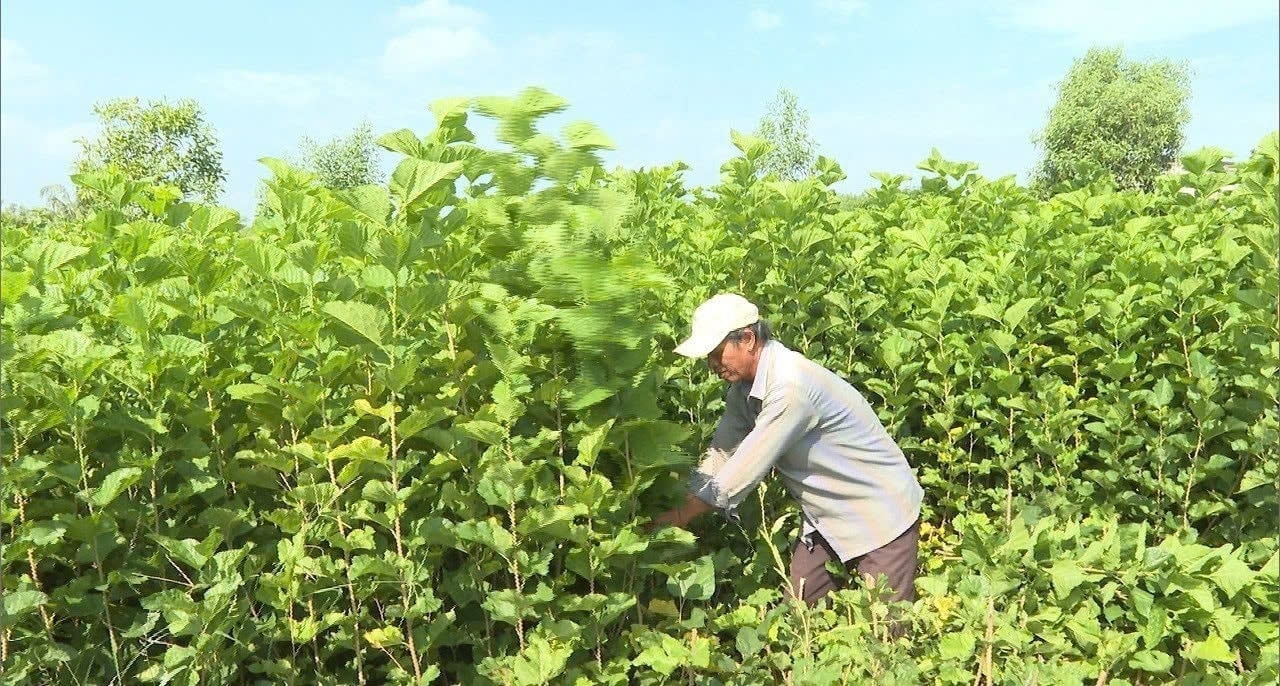
Fast development
According to Mr. Nguyen Duc Thien - Deputy Director of the Provincial Agricultural Extension Center, in recent years, the province's mulberry growing and silkworm raising profession has tended to develop rapidly in terms of mulberry area, silkworm cocoon and silk output. The quality of raw silkworm cocoons has been improved, basically meeting the requirements of high-quality silk reeling to serve domestic consumption and export needs. The efficiency of mulberry production brings people higher income than the production of some other crops and livestock, because the initial investment capital is low, capital turnover is fast and idle labor resources are utilized.
Currently, the mulberry growing area of the province is concentrated in localities such as: Ward 2, 3 Bao Loc, Tan Ha Lam Ha, Dinh Van Lam Ha communes, Da Teh 2, 3 communes... Particularly in the Southeast region of the province, in Hoai Duc commune, in recent years, mulberry growing and silkworm raising have been paid attention by farmers and chosen as a model for family and local economic development. With the support of the Provincial Farmers' Association, a number of households have connected and established cooperatives for mulberry growing and silkworm raising, bringing economic efficiency. Currently, in the commune, there are about 20 households that have switched to mulberry growing and silkworm raising with a total area of 50 hectares.
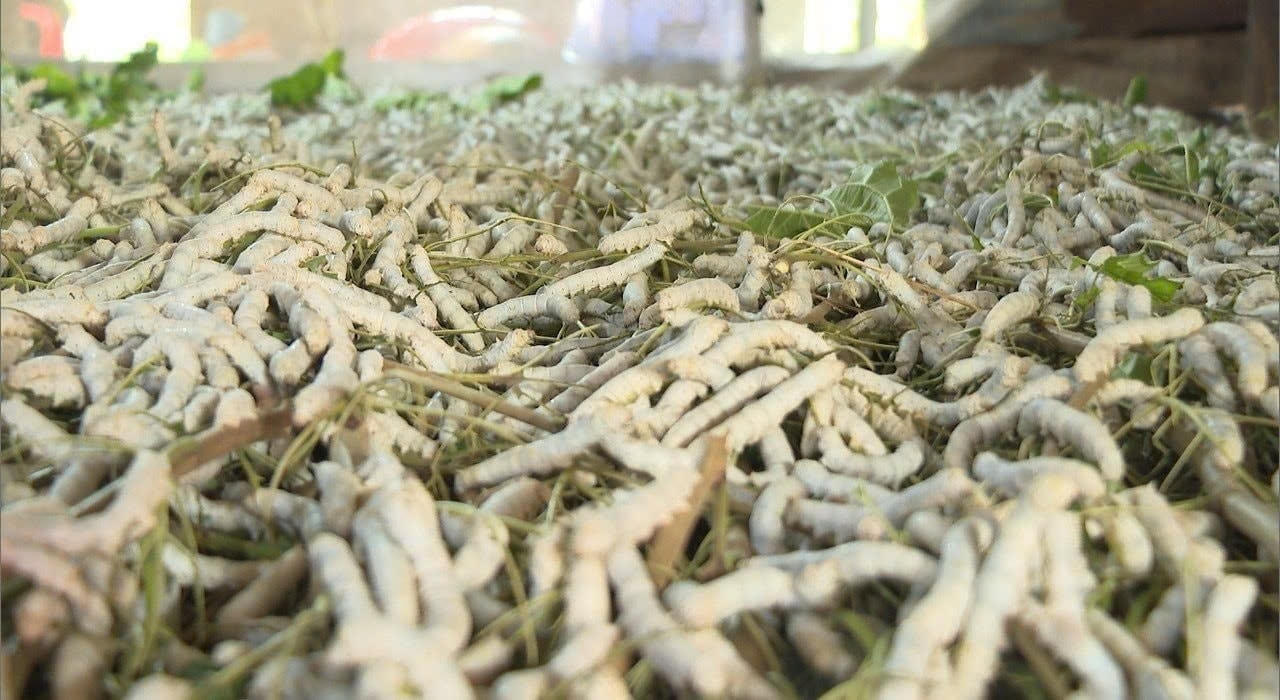
The provincial Department of Cultivation and Plant Protection also informed that, up to now, the whole province has formed 12 production chains associated with the consumption of silk products (including 4 provincial-level chains and 8 communal-level chains) with more than 630 households participating in the linkage project in localities developing mulberry in the province. The mulberry growing area of households participating in the linkage is 350 hectares, with a cocoon output of 670 tons/year. Regarding consumption, most of the mulberry leaf output produced by households is used for silkworm breeding, a small part is sold to local traders. The current difficulty is that the province has not yet developed a separate development plan for mulberry trees. The development of mulberry production in localities is due to farmers spontaneously converting and intercropping in some coffee gardens. Meanwhile, mulberry prices are unstable because there are no organizations or individuals signing contracts to link production and purchase products, as well as no local processing factories...
Solutions needed for sustainable development
According to the provincial agricultural sector, mulberry silk production in Lam Dong province still faces many difficulties and challenges, including diseases on both mulberry trees and silkworms. At the end of 2024, there was a situation where silkworms developed normally until they were ripe and brought to the nest but did not spin cocoons. In addition, diseases such as silkworm scurvy, silkworm diarrhea, and silkworm scurvy also appeared, forcing farmers to abandon entire batches of silkworms or have low cocoon yields, affecting the efficiency of mulberry production. Up to now, the situation has basically stabilized, however, many households are still not bold enough to reinvest in mulberry production. The epidemic not only causes serious damage to the productivity and quality of cocoons, but also threatens the sustainable development of the industry. The abuse of chemicals in disease prevention can pollute the environment, affect human and silkworm health, and reduce product quality. Therefore, research and application of sustainable disease prevention solutions is extremely urgent to ensure economic efficiency and environmental protection.
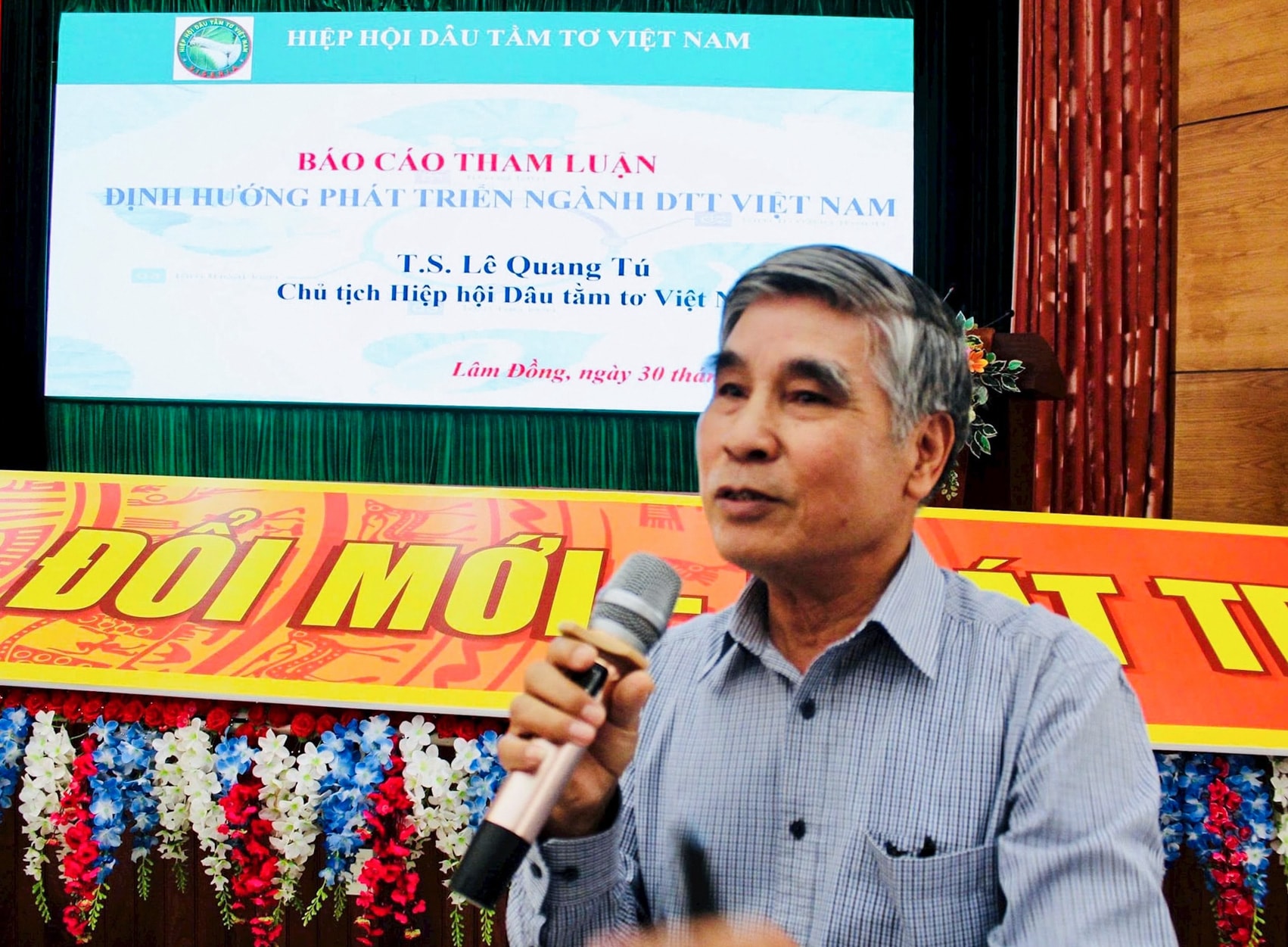
At a recent seminar on the mulberry sector organized by the Provincial Agricultural Extension Center, Dr. Le Quang Tu - Chairman of the Vietnam Sericulture Association shared that the whole country currently has the profession of growing mulberry and raising silkworms with an area of about 14,200 hectares of mulberry. In fact, mulberry trees are currently using little organic fertilizer, unbalanced NPK fertilizer, overusing pesticides and herbicides, and improper pruning techniques, leading to many mulberry gardens with diseases, low productivity and leaf quality.
The current situation of mulberry gardens is seriously affected by rust and leaf spot diseases due to complicated weather, cloudy weather, and prolonged light rain. In addition, the quality of silkworms is not uniform and tends to decrease, houses and tools for raising silkworms are not uniform and have little improvement. The quality of mulberry leaves for silkworms is not paid attention to. Diseases that harm silkworms are still common, especially in areas where mulberry trees are intercropped with other crops. Therefore, the Chairman of the Vietnam Sericulture Association said that it is necessary to build an automatic silk reeling factory so that the quality of silk reaches level 2A and above; connect processing factories with raw material supply areas. At the same time, train management human resources and skilled professional workers...
Regarding sustainable development proposals, Dr. Le Quang Tu suggested that localities manage breeds and input materials; develop annual planning programs and policies related to silk production and consumption. On the other hand, build good production processes in the fields of mulberry cultivation, silkworm rearing, silk reeling, and silk weaving. One of the important solutions emphasized by the Chairman of the Vietnam Sericulture Association is to guide localities to build concentrated raw material areas, perform state management tasks and regularly check product quality. In addition, he proposed that the Provincial People's Committee issue a policy mechanism to support the stabilization of silkworm cocoon prices; policies to support farmers in using innovations and advanced technological achievements in mulberry cultivation, silkworm rearing, silk reeling and silk weaving; trade promotion, brand building, etc.
The Provincial Agricultural Extension Center said that by 2025, the whole province will have about 10,600 hectares of mulberry trees, of which the commercial area is about 10,505 hectares, with an estimated yield of 219 quintals/hectare and an estimated output of over 308,000 tons/hectare.
Source: https://baolamdong.vn/huong-phat-trien-cua-thu-phu-dau-tam-395881.html







![[Photo] Closing ceremony of the 18th Congress of Hanoi Party Committee](https://vphoto.vietnam.vn/thumb/1200x675/vietnam/resource/IMAGE/2025/10/17/1760704850107_ndo_br_1-jpg.webp)

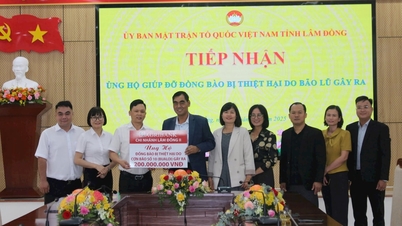





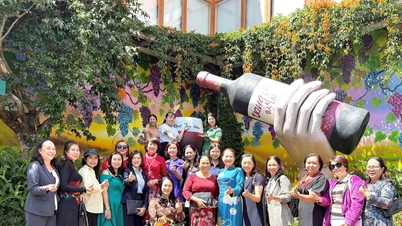


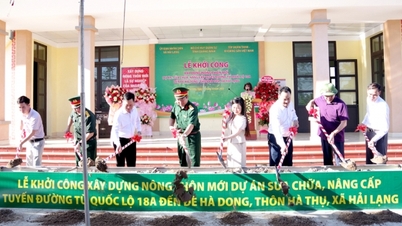



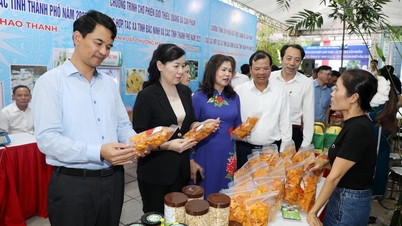






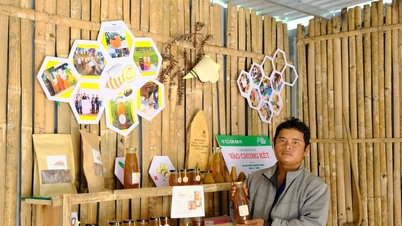


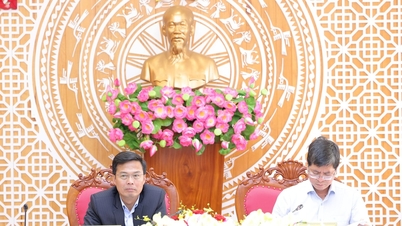
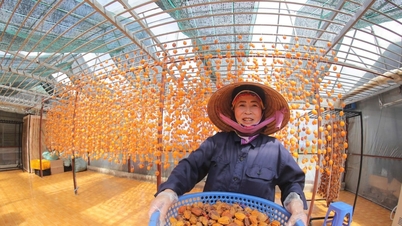

![[Photo] Nhan Dan Newspaper launches “Fatherland in the Heart: The Concert Film”](https://vphoto.vietnam.vn/thumb/1200x675/vietnam/resource/IMAGE/2025/10/16/1760622132545_thiet-ke-chua-co-ten-36-png.webp)

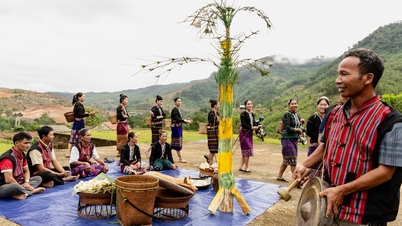



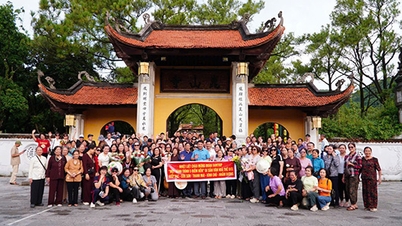



































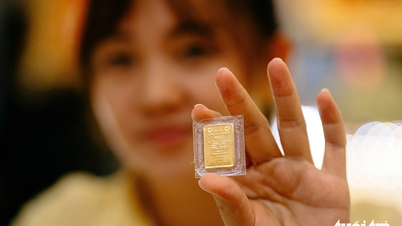
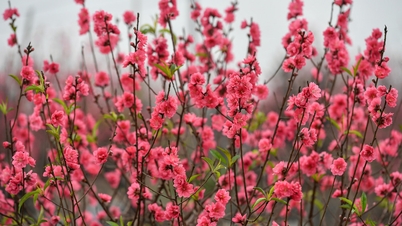






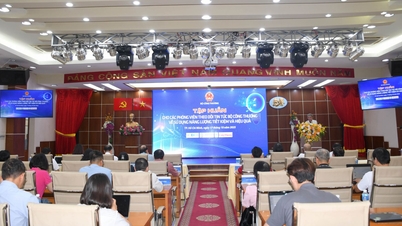



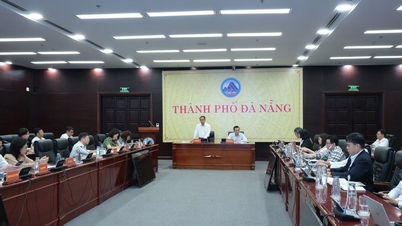

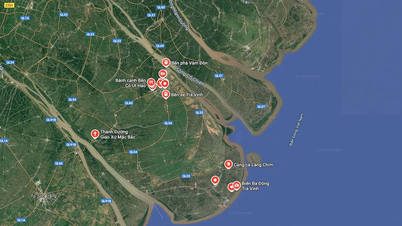






















Comment (0)